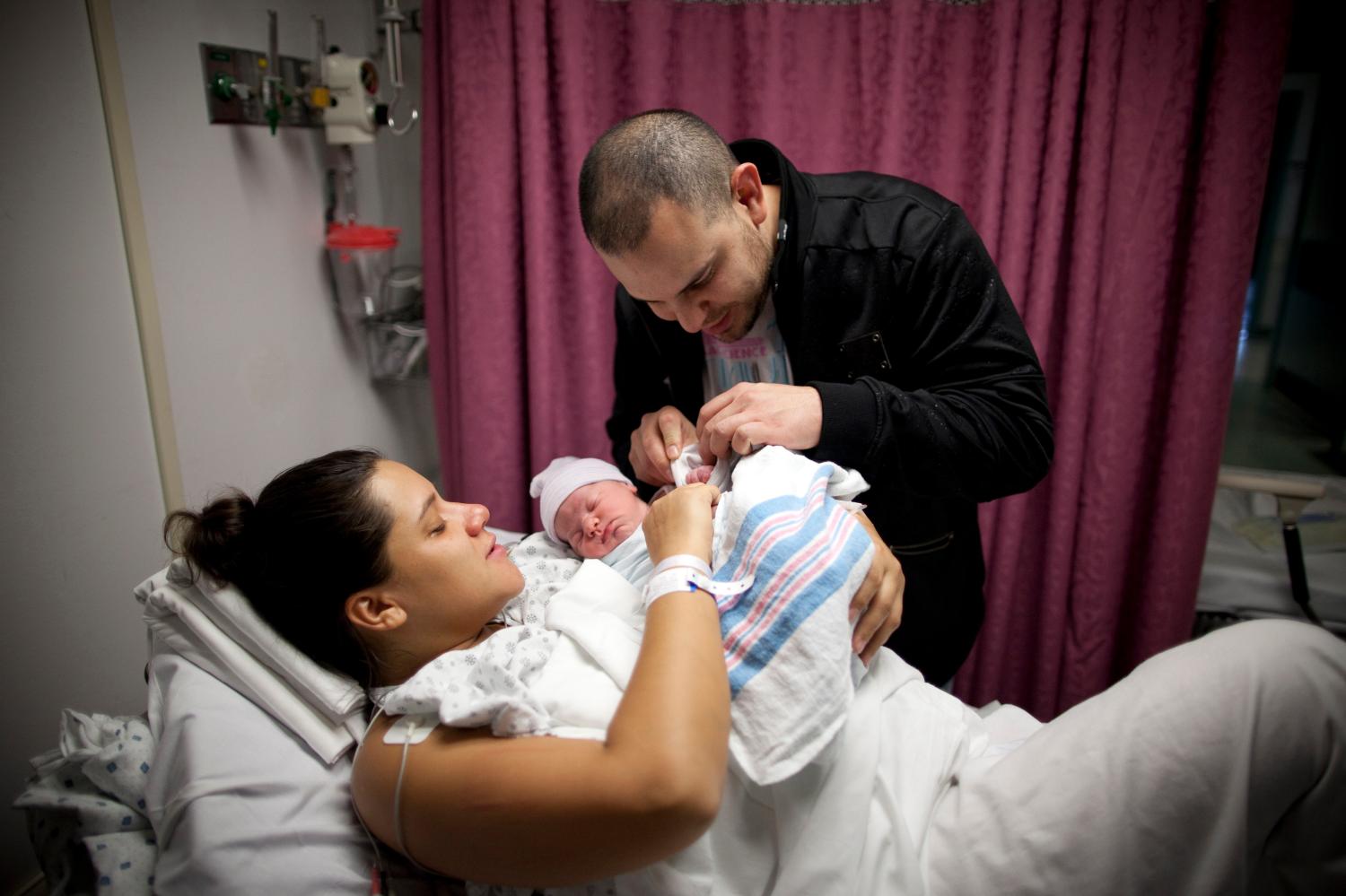Yesterday I described how federal policies for postsecondary education limit how effectively college can impact social mobility. Today: ways to improve those policies.
Policymakers and researchers have shown how nudges and information can raise student aspirations, encourage families to apply for financial aid, and guide students toward colleges where they are likely to graduate. Others have improved student retention by tying financial aid awards to academic benchmarks, enhancing student services, and implementing comprehensive reforms that combine incentives, counseling, and tuition waivers.
These are steps in the right direction. But the reality is, the size of the pie at America’s top colleges and universities is largely fixed. Getting more low-income students to apply to these colleges will not change that, nor will it exert downward pressure on college costs.
To expand affordable postsecondary opportunity without breaking the bank, policymakers must embrace innovation and competition. Two opportunities stand out. First, occupational certificate programs can serve as efficient, alternative paths to a middle class wage. But they are often criticized as a form of “tracking” that takes low-income students off the academic path. Making certificates “stackable”—like the energy industry and Texas community colleges have—allows students to layer individual certificates and build toward a higher credential if they want one. Students can then take smaller doses of occupational training when they need it and be confident it all counts toward something larger. Not all innovation requires a wireless signal.
Second, thanks to advances in technology, the components of a postsecondary education—content, instruction, assessment—are now inexpensive and abundantly available. Advances like online learning and competency-based models, where students earn credit based on how much they learn rather than time spent in class, could dramatically reduce the cost of higher education. Targeted, short-term occupational training can help close skills gaps even if it doesn’t lead to a formal credential.
But regulatory barriers like accreditation and the rules governing financial aid keep innovative, low-cost providers out and make it difficult for existing colleges to change. Lowering these barriers to entry would both expand the number of affordable options and put pressure on existing colleges to contain their costs.
America has always been an innovator in higher education, redefining what college looks like and whom it is for (see land-grant colleges, the GI Bill, community colleges, and so on). Increasing social mobility via postsecondary education will require that we embrace this innovative spirit again.
The Brookings Institution is committed to quality, independence, and impact.
We are supported by a diverse array of funders. In line with our values and policies, each Brookings publication represents the sole views of its author(s).





Commentary
Reforming Postsecondary Education to Jumpstart Social Mobility
February 12, 2014